9. Conflicts of Interest
Best Practice Guidelines

Define: Define conflict of interest and identify examples supporting the definition.

Scope and assess risks: Research and identify where there might be particular concerns for the company related to conflict of interest. For instance, if the company’s work structure means employees may have work patterns with extended days off, then there could be a risk that they have secondary employment or their own commercial activities.

Design procedures and controls: Based on assessment of risks, design and implement a policy and procedure for managing actual, perceived and potential conflicts of interest. Include the policy in the Code of Conduct and expand on this in the employee handbook or equivalent guide.

Directors: Identify actual and potential conflicts interest relating to directors and submit a list for board or shareholder approval.

Register: Maintain an up-to-date register of conflicts of interest. Employees should declare any conflicts of interest or the likelihood of a future conflict in the register. A statement regarding declaration of conflicts of interest of directors and board members could be included in an annual statement.

Recruitment: Screen potential board members and key employees for conflicts of interest.

Contract: Require employees and relevant third parties to disclose any conflicts of interest before recruitment or appointment and then following appointment to advise the company of any changes.

Communicate and train: Include conflict of interest in the code of conduct and the employee handbook. Cover the topic in training. Help employees identify conflicts and know what to do when one occurs.

Jobs: Avoid placing employees in jobs where there is risk of conflict of interest. Provide clear policies regarding second jobs or private commercial ventures.

Mitigate: Require employees recuse themselves whenever there is a potential or perceived conflict of interest if it cannot be resolved.

Channels: Encourage employees to seek advice or raise concerns with their line management or the compliance / ethics officer.

Monitor: Check that the procedures are working and improve them in the light of any incidents.

